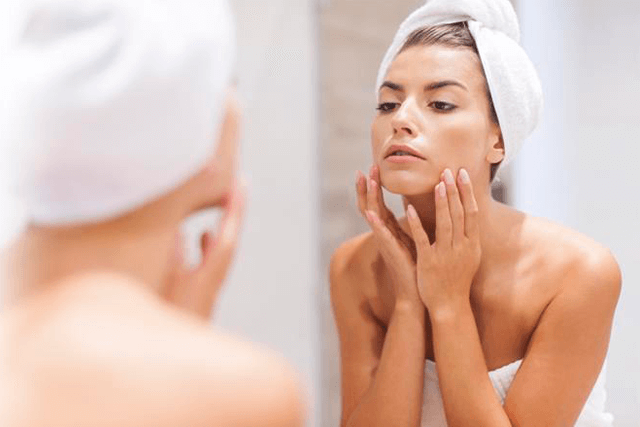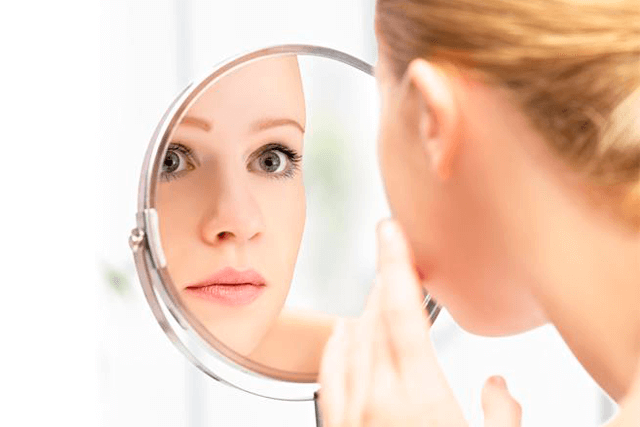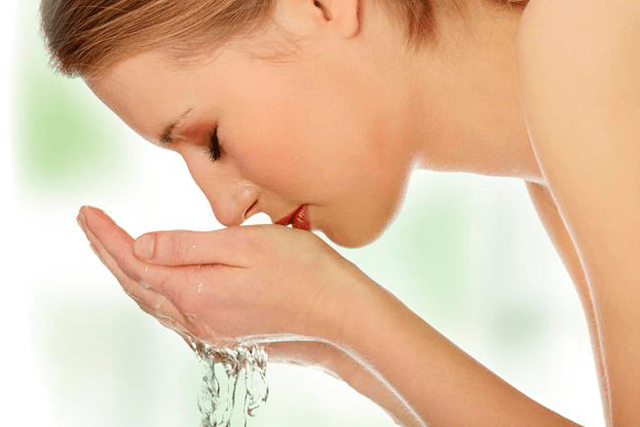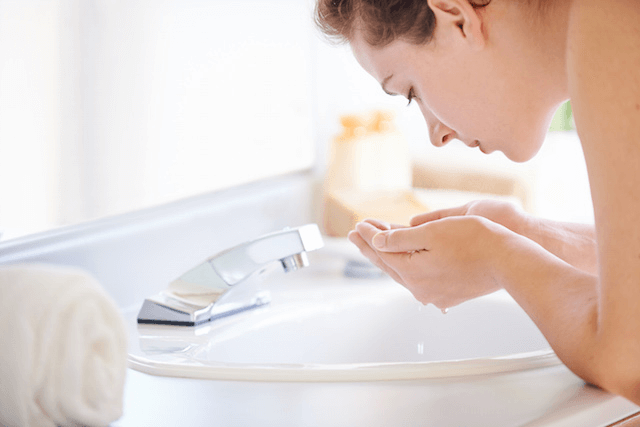acne-explained.png

Acne Explained
Many people believe that acne is a teen condition, which fades away as adulthood approaches. Unfortunately, for many people in their 20s, 30s and even 40s, this is far from true. Acne can appear for the first time in adulthood in same cases, as the result of increased sebum production by the skin.
Sebum is an oily substance that our skin creates naturally. Skin needs sebum to attain a healthy glow but if we create an excess, it can become mixed with dead skin, which clogs the pore. The pore then offers the perfect conditions for the growth of a certain bacteria – P. Acnes – which is the root cause of that telltale acne pimple that so many of us are familiar with.
Salicylic Acid & Acne
If you’re an acne sufferer searching for help managing you condition, you may have noticed one ingredient pops up over and over again. Salicylic acid is often used as the active ingredient in skincare products that help prevent acne. This member of the keratolytics family helps soften the top layer of the skin, making it easier to remove dead skin. By normalising the shedding of the skin, salicylic acid helps prevent the pores from becoming clogged and producing the type of oil and bacteria that leads to pimples.
The good news is, salicylic acid is available in a multitude of cosmetic products nowadays, from creams and lotions to gels and serums, with between 0.5% and 2% salicylic acid. Dermatologists recommend that you apply these products less frequently at first, to allow your skin to adjust to the process.
It might take several weeks for results to become apparent, but stick with it. Used regularly, salicylic acid is a proven method for helping to prevent future breakouts. We do recommend that you consult your own dermatologist or your doctor for a proper acne diagnosis before turning to this option.
what-causes-acne.png

The Causes of Acne Explained
Many are familiar with acne – the small raised bumps, the tender sensation and the build-up of pus that causes a whitehead. But what actually causes these symptoms to spring up in the first place?
Causes
One of the most common causes of spots (not just acne) is overly oily skin. The body comes fully equipped with sebaceous glands, attached to the pores of the skin. These create oily sebum which keeps your skin hydrated – but hormonal changes within the body (such as when approaching puberty) can cause the glands to go into overdrive, producing too much sebum. This excess oil merges with dead skin cells and clogs the pores, offering a perfect breeding ground for bacteria. The result? A typical acne pimple.
Solutions
So how can you fight back against acne? The first step is to keep your skin clean by washing with a mild soap or cleanser every day, twice a day. This will help to prevent new spots appearing and will soothe the existing pimples. Oil-free cosmetic products will help to minimise the sebum on your skin. Limiting the amount of make-up you wear during a breakout can also help in your quest for clear skin. Last but not least, try not to squeeze your spots! Although it can be tempting, especially when you’re in a rush to rid yourself of them, you could end up making the spot worse, spreading sebum further around your face and causing another breakout.
Recommended Stories
How to Minimise & Shrink Pores
Acne-Prone Skin Care Routine & Tips


